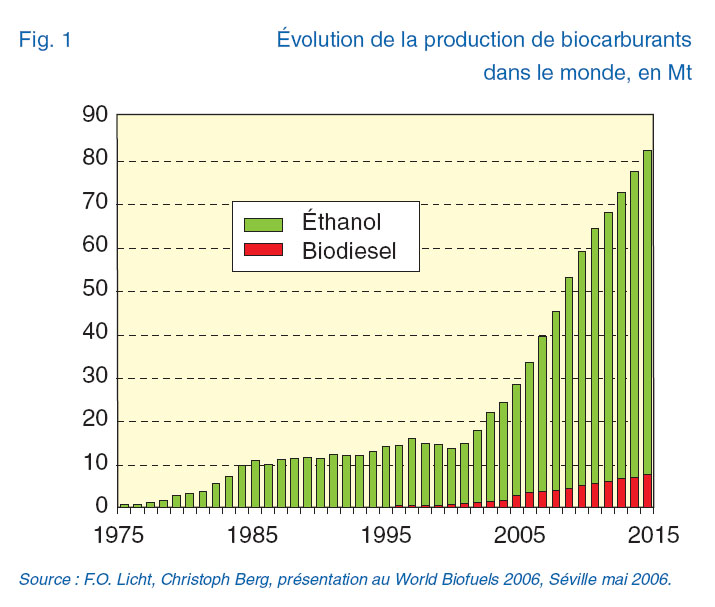I have just finished to read an excellent article from NYT about the subprime crisis, which underlines the intricacy of the relationships between rating agencies like Moody’s or S&P, and investment banks. It really looks like they played a very funny game together, and now the game is over. It will be hard however to tell who is the looser, since no value was created nor destroyed. Here are the best parts, but I strongly advise you to read the article entirely, to be able to negociate your next loan with a better advantage:
In 1996, Thomas Friedman, the New York Times columnist, remarked on “The NewsHour With Jim Lehrer” that there were two superpowers in the world — the United States and Moody’s bond-rating service — and it was sometimes unclear which was more powerful.
(…)
In the frenetic, deal-happy climate of 2006, the Moody’s analyst had only a single day to process the credit data from the bank. The analyst wasn’t evaluating the mortgages but, rather, the bonds issued by the investment vehicle created to house them. A so-called special-purpose vehicle — a ghost corporation with no people or furniture and no assets either until the deal was struck — would purchase the mortgages. Thereafter, monthly payments from the homeowners would go to the S.P.V. The S.P.V. would finance itself by selling bonds. The question for Moody’s was whether the inflow of mortgage checks would cover the outgoing payments to bondholders. From the investment bank’s point of view, the key to the deal was obtaining a triple-A rating — without which the deal wouldn’t be profitable. That a vehicle backed by subprime mortgages could borrow at triple-A rates seems like a trick of finance. “People say, ‘How can you create triple-A out of B-rated paper?’ ” notes Arturo Cifuentes, a former Moody’s credit analyst who now designs credit instruments. It may seem like a scam, but it’s not.
(…)
Structured finance, of which this deal is typical, is both clever and useful; in the housing industry it has greatly expanded the pool of credit. But in extreme conditions, it can fail.
(…)
The challenge to investment banks is to design securities that just meet the rating agencies’ tests. Risky mortgages serve their purpose; since the interest rate on them is higher, more money comes into the pool and is available for paying bond interest. But if the mortgages are too risky, Moody’s will object. Banks are adroit at working the system, and pools like Subprime XYZ are intentionally designed to include a layer of Baa bonds, or those just over the border. “Every agency has a model available to bankers that allows them to run the numbers until they get something they like and send it in for a rating,” a former Moody’s expert in securitization says. In other words, banks were gaming the system; according to Chris Flanagan, the subprime analyst at JPMorgan, “Gaming is the whole thing.”
(…)
Mason, of Drexel University, compared default rates for corporate bonds rated Baa with those of similarly rated collateralized debt obligations until 2005 (before the bubble burst). Mason found that the C.D.O.’s defaulted eight times as often. One interpretation of the data is that Moody’s was far less discerning when the client was a Wall Street securitizer.
(…)
From 2002 to 2006, Moody’s profits nearly tripled, mostly thanks to the high margins the agencies charged in structured finance. In 2006, Moody’s reported net income of $750 million. Raymond W. McDaniel Jr., its chief executive, gloated in the annual report for that year, “I firmly believe that Moody’s business stands on the ‘right side of history’ in terms of the alignment of our role and function with advancements in global capital markets.”
(…)
Moody’s monitors began to make inquiries with the lender and were shocked by what they heard. Some properties lacked sod or landscaping, and keys remained in the mailbox; the buyers had never moved in. The implication was that people had bought homes on spec: as the housing market turned, the buyers walked.
(…)
“It seems there was a shift in mentality; people are treating homes as investment assets.” Indeed. And homeowners without equity were making what economists call a rational choice; they were abandoning properties rather than make payments on them.
(…)
“We’re structure experts,” Yuri Yoshizawa, the head of Moody’s’ derivative group, explained. “We’re not underlying-asset experts.” They were checking the math, not the mortgages.
(…)
The agencies have blamed the large incidence of fraud, but then they could have demanded verification of the mortgage data or refused to rate securities where the data were not provided. That was, after all, their mandate.
(…)
Moody’s itself favors doing away with the official designation, and it, like S.&P., embraces the idea that investors should not “rely” on ratings for buy-and-sell decisions.
By the way, a new phenomenon is borrower’s attitude toward their beloved mortgaged house or car: some start burning them to have their insurance take over! Click here to read more.
« Last week, a Sacramento-area couple were arrested on allegations that they burned their Jeep and drove their Nissan pickup into a river, then filed fraudulent insurance claims. According to investigators, the wife admitted she was trying to escape her $600 monthly car payment. […] The sub-prime crisis began to hit in late 2006. There’s been an increasing number of cases since then, » said James Quiggle of the nonprofit Coalition Against Insurance Fraud, adding that he has about 20 such cases currently on file. « Will it explode as more mortgages are reset? That’s the question. […] The more serious problem, because of the costs involved, are home fires. Classic signs of an owner-complicit arson include removal of pets and expensive electronics before the blaze. But lately, investigators say their first step is a call to the bank to ask about the status of the mortgage. » Los Angeles Times
 1 commentaire
1 commentaire